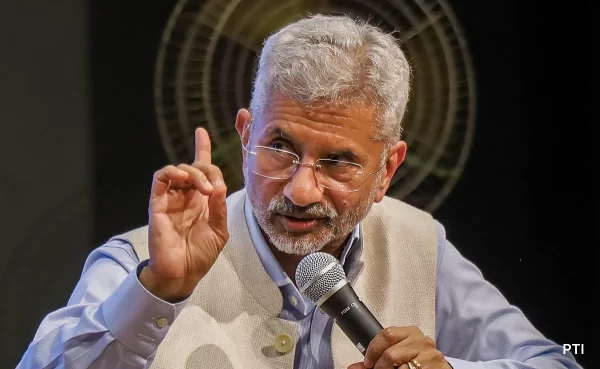GLASGOW After facing tense moments in the final hours when India had its way in replacing a reference to “ phasing out” of coal with “ phase down”, a change that reduces the obligatory nature of the wording, the COP26 concluded with the Glasgow Climate Pact late Saturday night calling countries to further strengthen their 2030 emigration reduction targets by coming time.
As with the emigrations targets where progress was made but success remained fugitive, the decision on “ loss and damage” demanded a clear plan for a backing installation, important to the disappointment of climate vulnerable countries. Work on having a definite plan to compensate disaster- hit countries will now be shifted to COP27 in Egypt coming time.
Some nations criticised India’s asseveration on a softer reference to fossil energies, but Indian officers said the country has freely set aggressive green energy targets and there’s need for an overall view of issues, including finance to developing nations.
The pact also moves on finalising the last piece of the untreated docket — a medium for a carbon request ( Composition 6) and translucency — of the Paris Agreement rulebook. The protestation also promises to deliver lesser quantities of finance to developing countries by deciding to double the amount for adaption by 2025 and take way to help vulnerable countries deal with losses and damages from climate impacts.
The overall pact was eventually espoused when the COP26 administration accommodated India’s enterprises where the country expostulated to phase- eschewal of coal and reactionary energy subventions. The change from “ phase- eschewal” to “ phase-down” with respect to coal power use in the final textbook was agreed during the last- nanosecond emendations to make the agreement.
Just before convening the final grand, UK COP26 chairman Alok Sharma and his platoon members were seen trying to move India’s terrain minister Bhupender Yadav over the textbook as the ultimate explosively expostulated to it on the reference of coal and reactionary energy while intermediating during the stock taking. Both leaders were indeed seen looking at the amended interpretation which Yadav eventually proposed and the grand accepted.
India, in fact, got the amended paragraph by concluding “ phase-down” for coal in the final textbook rather of “ phase- eschewal” and indeed included points on “ targeted support to the poorest and the most vulnerable in line with public circumstances” while pertaining to reactionary energy subvention, indeed as Switzerland and EU expostulated to it before reluctantly agreeing on it as a concession to eventually arrive at the Pact.
It was quite an emotional moment for Sharma who chaired the grand that eventually espoused the COP26 decision. It reflected the delicate moments which he negotiated as he sought to bring all countries on board through little negotiations on different fronts.
Though lower islet nations and Mexico, along with Switzerland and EU, criticised India’s move on soddening down the textbook on coal and reactionary energy by calling it a bad profitable choice, Indian delegation defended the country’s position.
A elderly functionary from Indian delegation said, “ All reactionary energies are bad for the terrain. Singling out coal without talking about other fossil energies like natural gas isn’t the stylish way forward. But India, in the spirit of concession, helped evolve language that was respectable to all. This language takes care of enterprises of numerous developing countries including India.”
He further said, “ India has always maintained that it doesn’t favour sectoral targets. We’ve taken on frugality wide target like reduction in emigration intensity of GDP. This gives countries more inflexibility to meet mitigation targets in line with the public circumstances and experimental requirements. One size fits all approach isn’t the stylish way to evolve agreement on global issues.”
China too wanted clarity on coal and reactionary energy references. Still, it was India which decided to call it out during the stocktake and eventually Yadav suggested the amended paragraph which was espoused by all countries.
Nonetheless, it was for the first time the coal and reactionary energy subventions plant place in the Bobby decision textbook, making the issue much more important in the environment of the thing to limit warming to1.5 degree celsius at a time when the world would try to inclusively achieve‘net zero’ ( carbon impartiality) by 2050.
In any case, India’s substantial focus on renewable energy and its commitment to increasenon-fossil energy installed electricity capacity to 500 GW by 2030 and achieving 50 of accretive electric power installed capacity from renewable energy by 2030 are evidence of the country’s own sweats to gradationally reduce its dependence on coal without compromising with its current development line.
The outgrowth of COP26 is also significant in view of finalising the rulebook for 2015 Paris Agreement after six times of conversations. The rulebook provides guidelines for full perpetration of the Paris deal. This will allow for the full delivery of the corner accord, after agreement on a translucency process which will hold countries to regard as they deliver on their targets.
The final rulebook now includes rules for carbon requests ( Composition 6), which establishes a frame for countries to change carbon credits through the UNFCCC.




